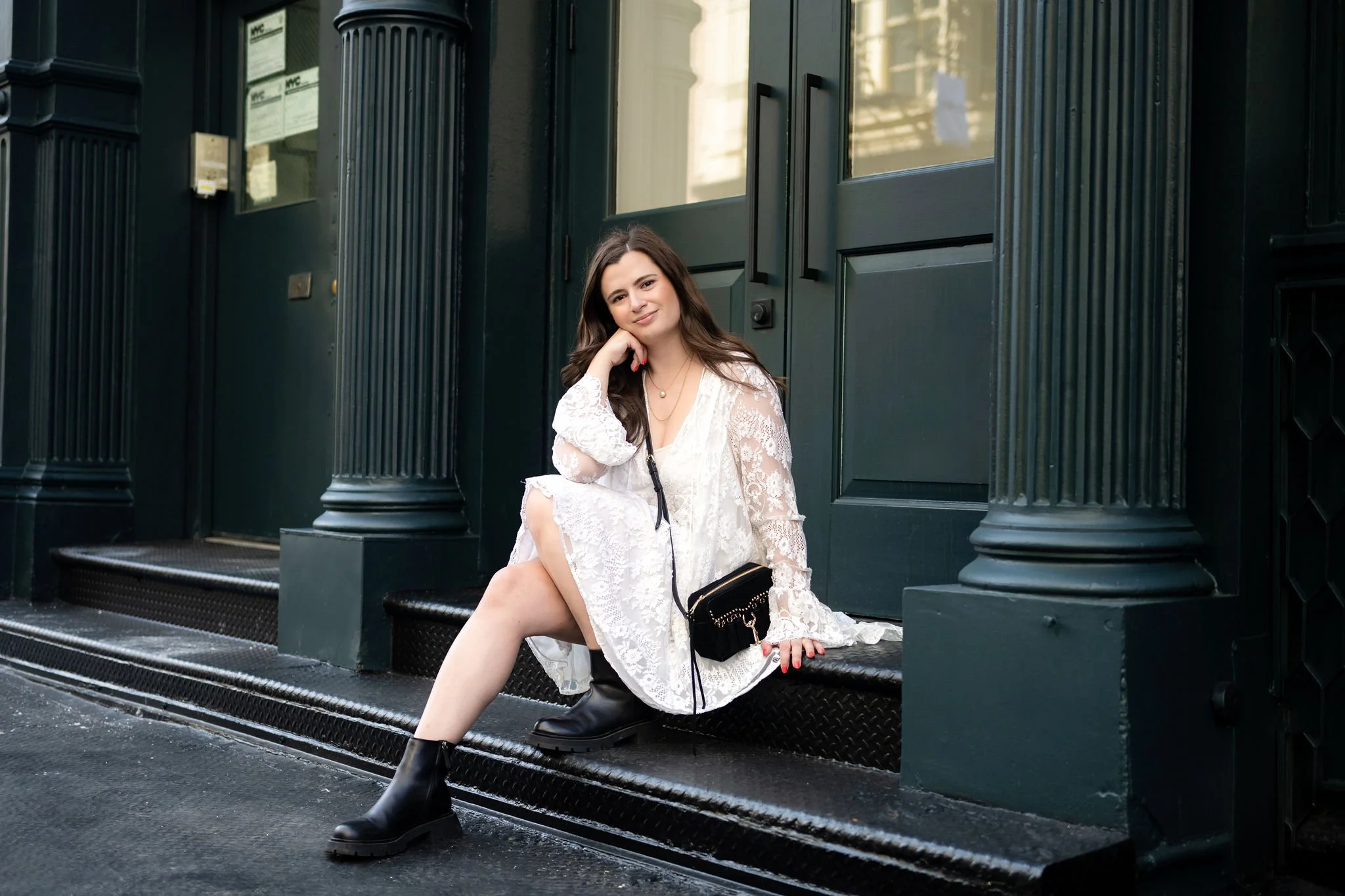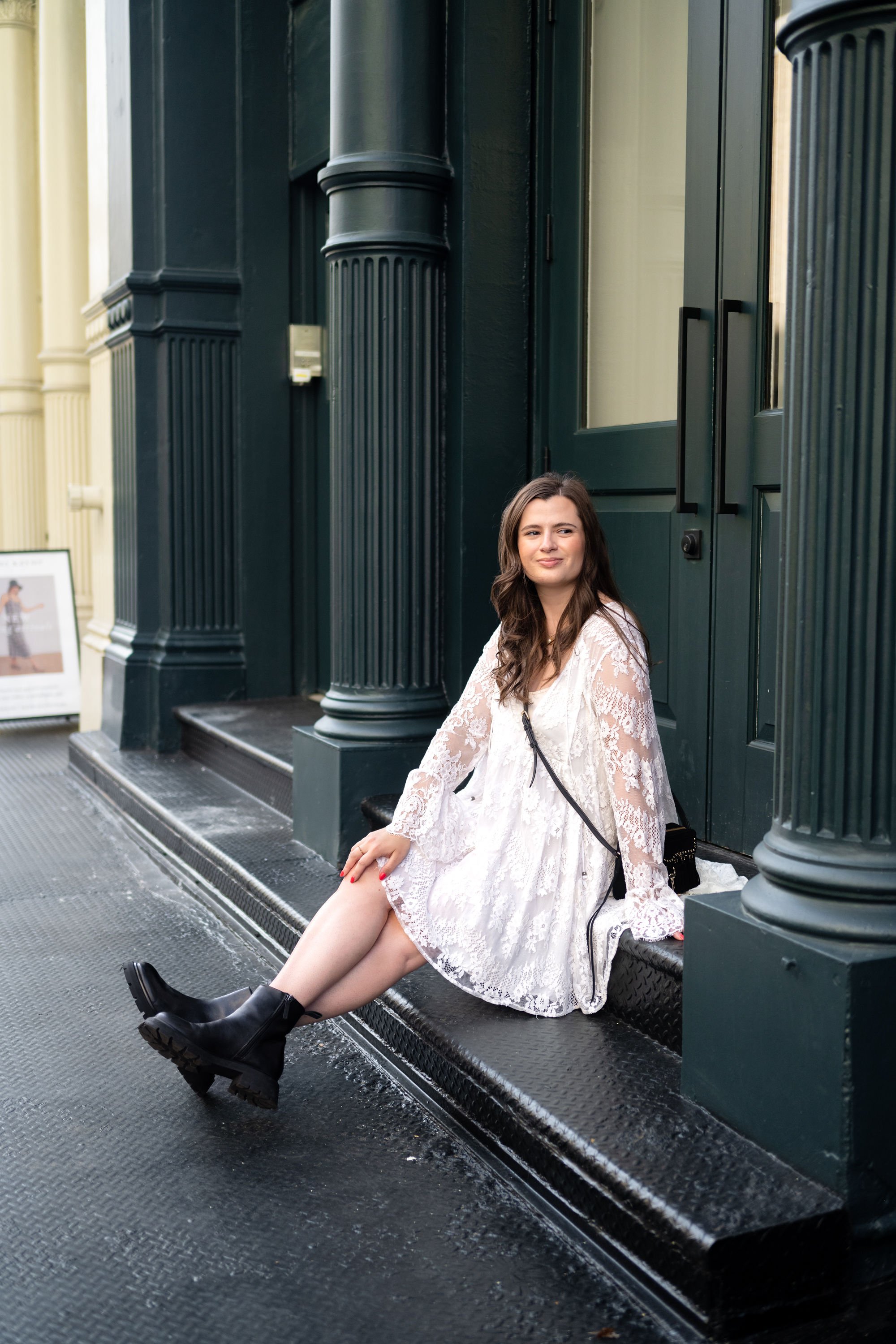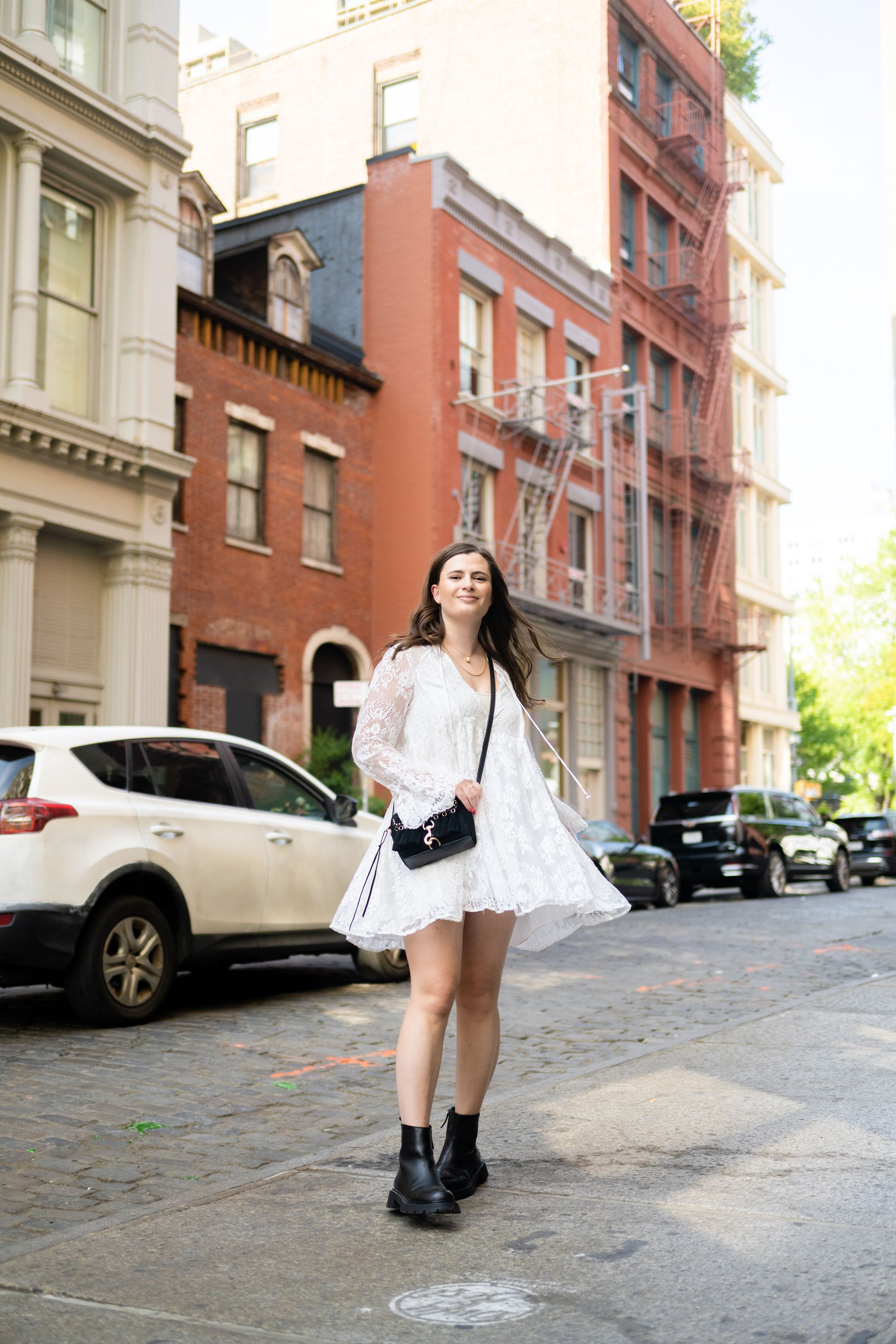How Brand Deals Work: A Comprehensive Guide
So you've received an offer for a brand partnership – congratulations! It’s honestly very exciting when a brand wants to hire you to create content and it doesn’t get old.
But you may be wondering… “okay Austen but, what exactly does a brand partnership entail??”
I’m here to walk you through the 10 key phases of a brand deal and my goal is to help you stay organized, prepared, and aware of the time commitment involved in brand partnerships so you can price your work effectively and wow them.
Phase 1: Outreach
Brands can approach you by sending you an email outlining a potential partnership, or you can reach out to them if there are brands that you really love and could see yourself working with. (Tips for how to do that here.)
Ensure brands can easily contact you—have a contact page on your website and prominently display your email in your bios across social media platforms.
If you reach out to brands that could take around an hour a week, depending on how many you’re pitching but if a brand finds you first, you don’t have to account outreach time into your partnership plan.
Phase 2: Negotiating Terms
I think influencers get really intimidated with this part, but it’s all about making sure you’re signing up for a mutually beneficial partnership.
Agree on deliverables— it could be a single Instagram reel or a series of slides for your story.
Don’t forget to discuss additional terms like usage rights and exclusivity. Sometimes brands won’t include this in their initial scope of work, so be sure to ask about these so you can understand and price your work.
Allocate around 30 minutes to an hour for negotiations depending on how complicated the project is.
Phase 3: Signing a Contract
The brand usually provides the contract for a partnership. It is so important that you always read contracts carefully—ensure they match the terms you’ve agreed to and nothing extra is included.
If you find anything that shouldn’t be on the contract, you can go back to the brand with your edits.
Plan for 30 minutes to an hour to review your contract and send an email with any changes you’re requesting.
Phase 4: Content Production
We’ve finally made it to the fun part! Create content according to the agreed-upon brief, while still keeping your content style and audience in mind.
Consider any specific brand guidelines and shoot content accordingly.
I find it helpful to have the campaign brief up on my laptop or nearby printed out so I don’t miss anything important.
Production time varies based on content type and your equipment, typically taking 2-3 hours to shoot a set of photos or a short-form video.
Phase 5: Content Editing
Now it’s time to go through all of your footage and narrow down everything to the best components.
Edit and refine your content—apply filters, overlays, voiceovers, or text to enhance your content and make it super engaging.
During this time I also write out captions or commentary that will be accompanying the piece of content I just created.
Editing time can vary based on your skill level and what the brand wants, but expect at least an hour for short-form content or a set of photos.
Phase 6: Content Submission
You’ve created and edited your content and now it’s time to send it off to the brand for review.
Pay attention to deadlines, and communicate if you're running late. This isn’t always a fun thing to talk to a brand about but the more you can get ahead of any problems or delays, the better it will be in the long run.
Plan for around 30 minutes to submit content to make sure everything is spelled correctly and you’re sending content to the right team member to review it.
Phase 7: Implementing Feedback
Brands may provide feedback for minor adjustments or, in rare cases, request a reshoot.
Things like editing a few words in the caption won’t take much time but if you have a big project, don’t forget to request a reshoot fee in your contract in the beginning to account for the time you’d need to set aside in case the brand changes their mind about the direction of the campaign.
Edits may take 30 minutes or more depending on feedback so don’t forget to plan this time into the total time you need for your partnership.
Phase 8: Content Posting
Double-check everything before publishing – spelling, tags (and that you’re tagging the right brand), and hashtags.
Don’t just post and ghost once you upload your content—be sure to stick around and engage with your audience, especially in the comments and DM’s.
Allocate 30-60 minutes for content posting to make sure everything looks good before hitting publish and initial engagement.
Phase 9: Invoicing
Once you’ve published your content, it’s time to make sure the brand has everything they need to get you paid. Share your invoice and any required tax forms with your contact at the brand.
Ensure you provide all necessary details so they don’t need to come back to you and risk delaying your payment..
Invoicing typically takes around 30 minutes to customize an invoice and send the email.
Phase 10: Reporting and Analytics
Now that we’re all done, it’s time to take a look at our analytics. Share screenshots of metrics with the brand so they can understand how the post performed.
Go the extra mile by creating a campaign recap report (you can even steal my template) to show the brand you spent time looking into the performance of your post and wow them so they’ll hire you again.
Reporting may take 30-60 minutes or more, depending on the depth of the report. It can be tempting to skip this step at the end but so few people do this and it’s a great way to stand out.
All in all, completing a single brand partnership can require a minimum of eight hours of work, and this is a conservative estimate. Bet that’s more than you imagined, right?
Depending on the complexity of the partnership, it can take even longer. Most brand partnerships typically take me between 12 and 15 hours to complete.
As you navigate the world of brand partnerships, keep these phases in mind to ensure you're adequately compensated for your time and effort.
Remember, professionalism and attention to detail can set you apart as an influencer, so approach each brand deal with dedication and care.
I hope this post helped you and for more pitching tips, check out this post next.
yours,
Austen
Photos by Karya Schanilec




